Svalbard: Arctic beauty untouched
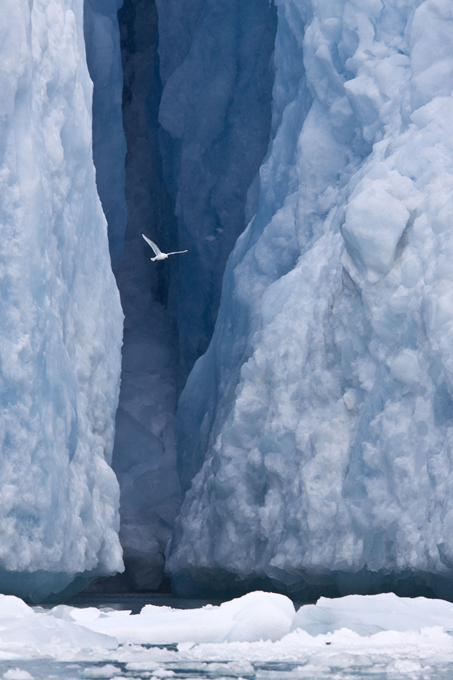
The islands were first taken into use as a whaling base in the 17th and 18th centuries, after which they were abandoned. Coal mining started at the beginning of the 20th century, and several permanent communities were established
The islands were first taken into use as a whaling base in the 17th and 18th centuries, after which they were abandoned. Coal mining started at the beginning of the 20th century, and several permanent communities were established
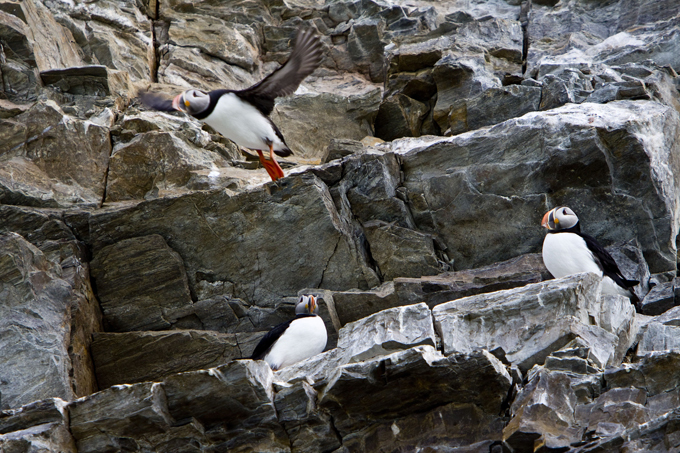
The Svalbard Treaty of 1920 recognizes Norwegian sovereignty, and the 1925 Svalbard Act made Svalbard a full part of the Kingdom of Norway. They also established Svalbard as a free economic zone and a demilitarized zone. The Norwegian Store Norske and the Russian Arktikugol remain the only mining companies in place.
The Svalbard Treaty of 1920 recognizes Norwegian sovereignty, and the 1925 Svalbard Act made Svalbard a full part of the Kingdom of Norway. They also established Svalbard as a free economic zone and a demilitarized zone. The Norwegian Store Norske and the Russian Arktikugol remain the only mining companies in place.
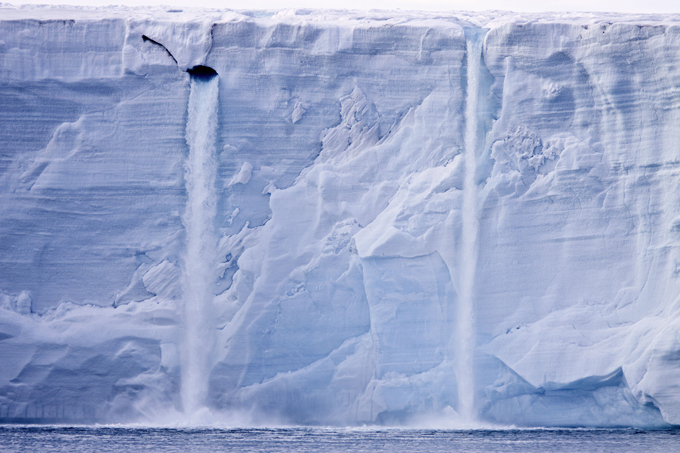
The archipelago features an Arctic climate, although with significantly higher temperatures than other areas at the same latitude. The flora take advantage of the long period ofmidnight sun to compensate for the polar night.
The archipelago features an Arctic climate, although with significantly higher temperatures than other areas at the same latitude. The flora take advantage of the long period ofmidnight sun to compensate for the polar night.
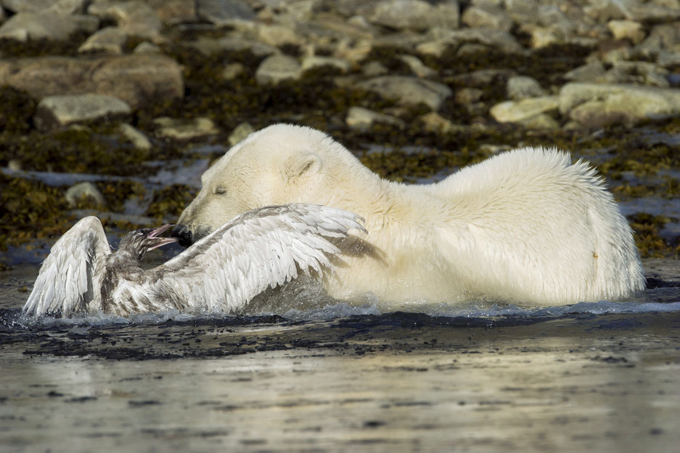
The name Spitsbergen originated with Barentsz, who described the "pointed mountains" he saw on the west coast of the main island, although his 1599 map of the Arctic labels the island as Het Niewe Land ("The New Land"). Barentsz did not recognize that he had discovered an archipelago, and consequently the nameSpitsbergen long remained in use both for the main island and for the archipelago as a whole
The name Spitsbergen originated with Barentsz, who described the "pointed mountains" he saw on the west coast of the main island, although his 1599 map of the Arctic labels the island as Het Niewe Land ("The New Land"). Barentsz did not recognize that he had discovered an archipelago, and consequently the nameSpitsbergen long remained in use both for the main island and for the archipelago as a whole
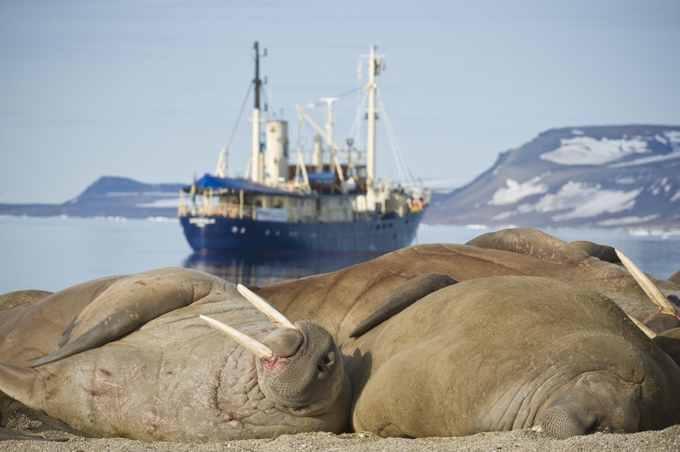
The first known landing on the island dates to 1604, when an English ship landed at Bjørnøya and started hunting walrus; annual expeditions soon followed, and Spitsbergen became a base for hunting the bowhead whale from 1611. Because of the lawless nature of the area, English, Danish, Dutch, and French companies and authorities tried to use force to keep out other countries' fleets
The first known landing on the island dates to 1604, when an English ship landed at Bjørnøya and started hunting walrus; annual expeditions soon followed, and Spitsbergen became a base for hunting the bowhead whale from 1611. Because of the lawless nature of the area, English, Danish, Dutch, and French companies and authorities tried to use force to keep out other countries' fleets
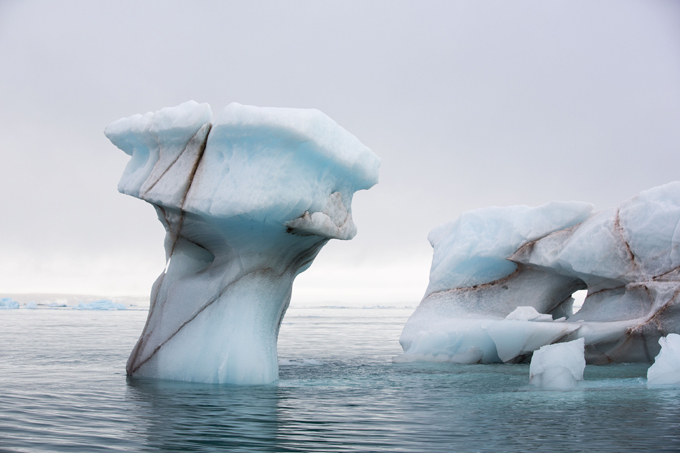
n 2012, Svalbard had an estimated population of 2,642, of whom 439 were Russians and Ukrainian, 10 were Polish and 322 were other non-Norwegians living in Norwegian settlements. The largest non-Norwegian groups in Longyearbyen in 2005 were from Thailand, Sweden, Denmark, Russia, Iran and Germany
n 2012, Svalbard had an estimated population of 2,642, of whom 439 were Russians and Ukrainian, 10 were Polish and 322 were other non-Norwegians living in Norwegian settlements. The largest non-Norwegian groups in Longyearbyen in 2005 were from Thailand, Sweden, Denmark, Russia, Iran and Germany
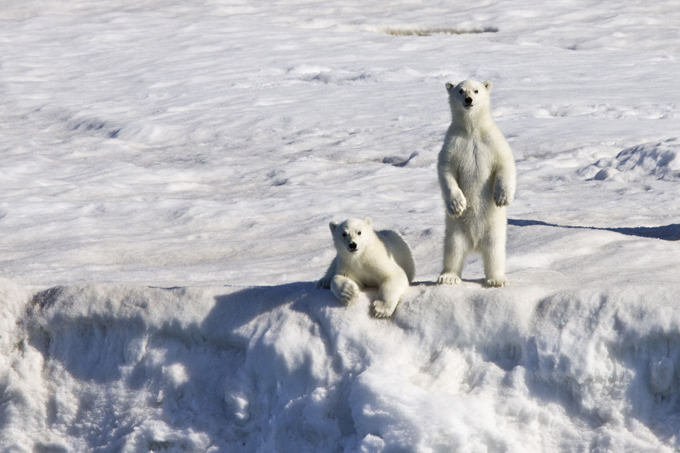
The Svalbard Treaty of 1920 established full Norwegian sovereignty over the archipelago
The Svalbard Treaty of 1920 established full Norwegian sovereignty over the archipelago
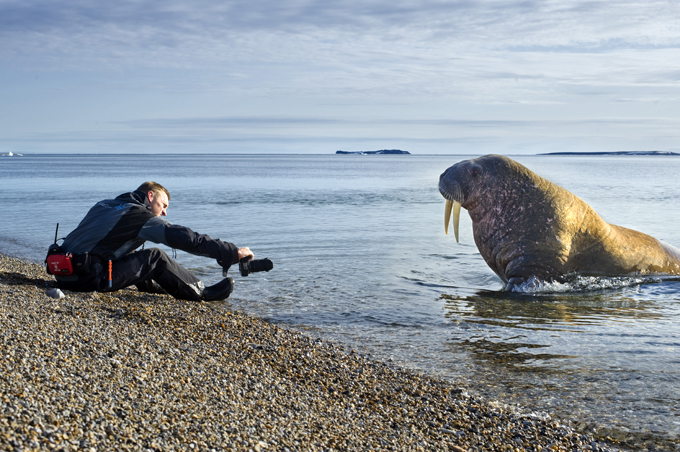
In September, 2010 a treaty was made between Russia and Norway fixing the boundary between the Svalbard archipelago and the Novaya Zemlya archipelago. Increased interest in petroleum exploration in the Arctic increased interest in resolution of the dispute. The agreement takes into account the relative positions of the archipelagos, rather than being based simply on northward extension of the continental border of Norway and Russia
In September, 2010 a treaty was made between Russia and Norway fixing the boundary between the Svalbard archipelago and the Novaya Zemlya archipelago. Increased interest in petroleum exploration in the Arctic increased interest in resolution of the dispute. The agreement takes into account the relative positions of the archipelagos, rather than being based simply on northward extension of the continental border of Norway and Russia
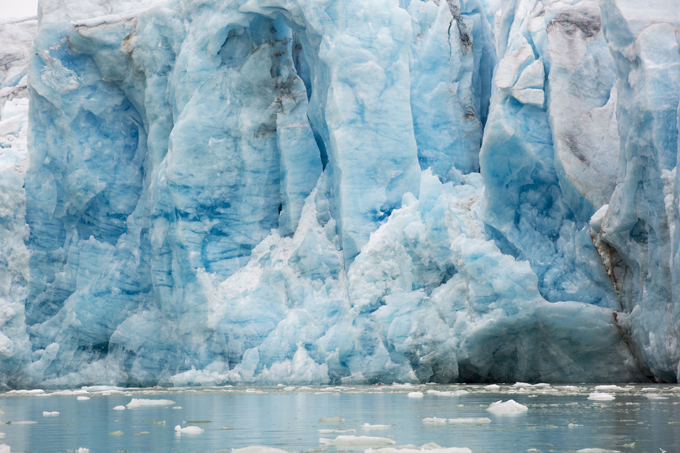
In addition to humans, three primarily terrestrial mammalian species inhabit the archipelago: the Arctic fox, the Svalbard reindeer, and accidentally introduced southern voles, which are found only in Grumant. Attempts to introduce the Arctic hare and the muskox have both failed. There are fifteen to twenty types of marine mammals, including whales, dolphins, seals, walruses, and polar bears
In addition to humans, three primarily terrestrial mammalian species inhabit the archipelago: the Arctic fox, the Svalbard reindeer, and accidentally introduced southern voles, which are found only in Grumant. Attempts to introduce the Arctic hare and the muskox have both failed. There are fifteen to twenty types of marine mammals, including whales, dolphins, seals, walruses, and polar bears
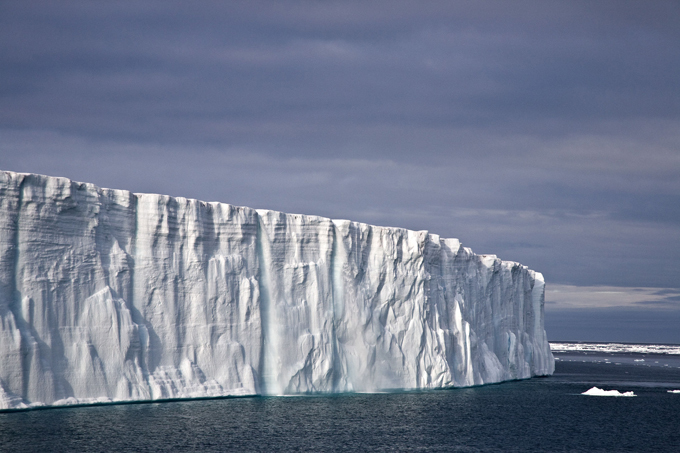
There are seven national parks in Svalbard: Forlandet, Indre Wijdefjorden, Nordenskiöld Land, Nordre Isfjorden Land, Nordvest-Spitsbergen, Sassen-Bünsow Land andSør-Spitsbergen. The archipelago has fifteen bird sanctuaries, one geotopic protected area and six nature reserves-with Nordaust-Svalbard and Søraust-Svalbardboth being larger than any of the national parks
There are seven national parks in Svalbard: Forlandet, Indre Wijdefjorden, Nordenskiöld Land, Nordre Isfjorden Land, Nordvest-Spitsbergen, Sassen-Bünsow Land andSør-Spitsbergen. The archipelago has fifteen bird sanctuaries, one geotopic protected area and six nature reserves-with Nordaust-Svalbard and Søraust-Svalbardboth being larger than any of the national parks



